AI-Generated Manga
Manga has always been innovative, blending rich storytelling with distinct artistic styles. As we move into 2024, the manga industry is experiencing a significant transformation with the integration of AI-generated art. This development is not just a passing trend; it’s a potential game-changer that could redefine how manga is created, consumed, and even perceived by its global audience.
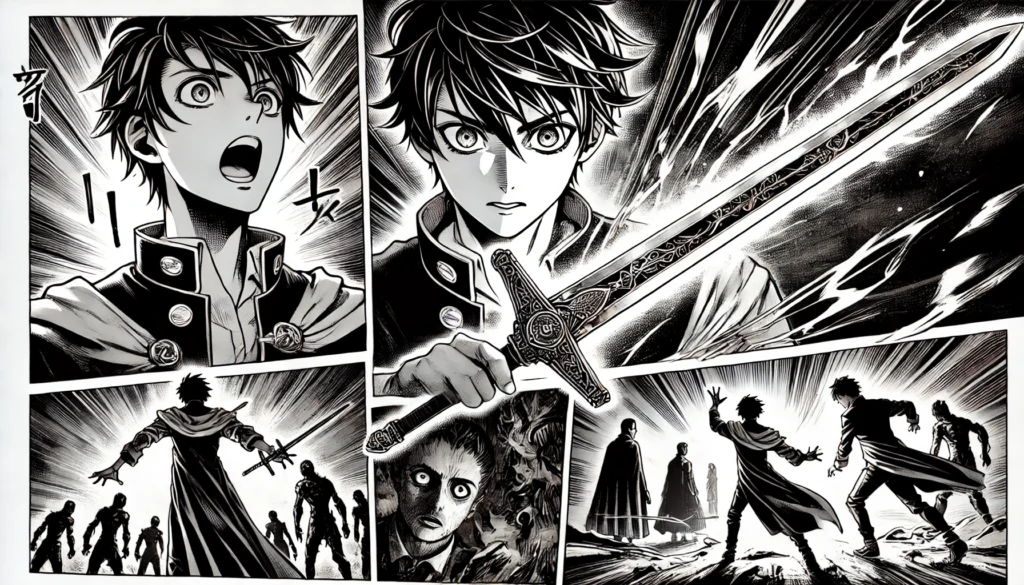
The Emergence of AI in Manga Creation
AI in the creative industry is not entirely new, but its application within manga is gaining traction at an unprecedented pace. Initially, AI was primarily seen as a tool for automation—useful for tasks like coloring, inking, or even generating backgrounds. However, advancements in AI technology have pushed these boundaries further, enabling more complex contributions to the creative process.
Today, AI tools can generate entire character designs, emulate specific art styles, and even produce full-page layouts that closely mimic the work of seasoned mangakas. This is particularly useful in the manga industry, where deadlines are often tight, and the demand for high-quality content is relentless.
For instance, AI algorithms can be trained on vast datasets of manga, learning the nuances of different art styles and storytelling techniques. Artists can then use these AI models to quickly generate artwork that maintains the aesthetic quality expected by readers while significantly reducing the time required for manual drawing.
Enhancing Creativity or Replacing It?
One of the central debates around AI-generated art in manga revolves around the question of creativity. Critics argue that relying on AI could undermine the creative process, leading to a homogenization of art styles and a loss of the unique, personal touch that characterizes traditional manga. There’s a fear that AI could turn manga creation into a formulaic process, where innovation is stifled in favor of efficiency.
However, many in the industry see AI as a complementary tool rather than a replacement for human creativity. Renowned mangakas are beginning to experiment with AI, using it to explore new artistic territories that would be challenging to achieve manually. For example, AI can generate intricate patterns, simulate complex lighting effects, or even create surreal, otherworldly environments that add a new dimension to the storytelling.
Moreover, AI can handle repetitive tasks, freeing artists to focus on the more creative aspects of manga production. This collaboration between humans and machines could lead to a new era of artistic innovation, where the possibilities are limited only by the creator’s imagination.
The Launch of Cyberpunk: Peach John – Japan’s First AI-Generated Manga
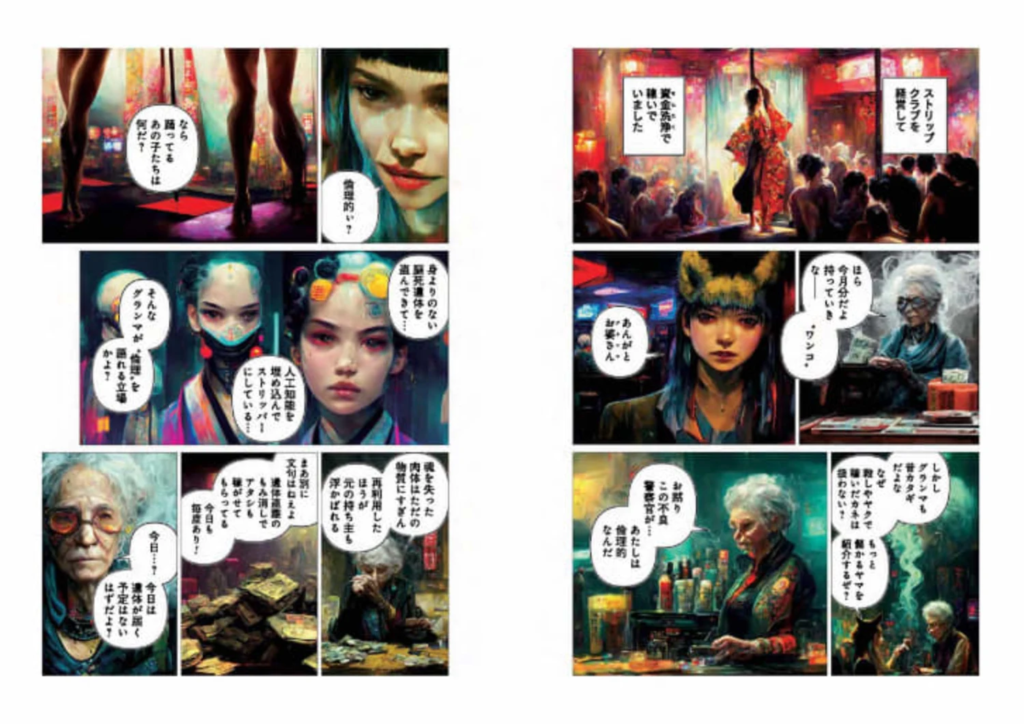
In 2023, Japan witnessed a revolutionary moment in the manga industry with the release of Cyberpunk: Peach John, Japan’s first fully AI-generated manga. Created by an author named Rootport, this 100-page sci-fi manga was entirely produced using the AI tool MidJourney, which generates images based on text prompts. This tool allowed Rootport, who admits to having “absolutely zero” drawing talent, to create intricate and colorful visuals for his dystopian narrative in just six weeks—a process typically taking a skilled artist about a year to complete.
The Concept and Execution of Cyberpunk: Peach John
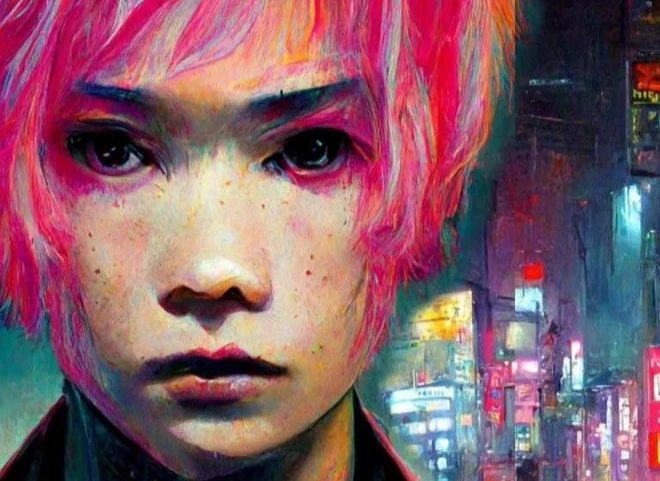
The story of Cyberpunk: Peach John is set in a dystopian future, a fitting theme for a manga that represents the fusion of futuristic technology and traditional storytelling. The protagonist, Peach John, navigates a world dominated by cybernetic enhancements and corporate control, reflecting the broader themes of technology’s role in society—a parallel to the manga’s very creation process.
Rootport used combinations of text prompts such as “pink hair,” “Asian boy,” and “stadium jacket” to create the characters and scenes, selecting the best results to piece together the final product. Unlike traditional black-and-white manga, Cyberpunk: Peach John is fully colored, although the AI’s output sometimes resulted in inconsistencies, with the same character’s appearance varying across different frames.
Reception and Industry Impact
Cyberpunk: Peach John has sparked significant debate and discussion within the manga community and beyond. On the one hand, it has been praised as a trailblazing work that showcases the potential of AI in creative industries, making it possible for individuals without traditional artistic skills to produce visually compelling manga. On the other hand, it has raised concerns about the implications of AI for the future of manga, particularly regarding job security for artists and the potential for AI-generated content to flood the market.
Critics are especially concerned about the legal and ethical ramifications, such as potential copyright issues and the displacement of junior artists who traditionally handle tasks like background illustration. Moreover, there’s a philosophical question about the value of AI-generated art versus human-created art, with some arguing that AI lacks the emotional depth and authenticity that comes from human experience.
Despite these concerns, many in the industry, including seasoned manga artists, see AI as a tool that can complement human creativity. They believe that while AI can assist with technical tasks or inspire new ideas, the core of storytelling and emotional resonance in manga remains firmly in the hands of human creators.
The Impact on the Manga Industry
The integration of AI into manga creation is already having a noticeable impact on the industry. For one, it is democratizing the field, lowering the barriers to entry for aspiring manga artists. Traditionally, manga creation required years of training and a deep understanding of drawing techniques. Even those with limited artistic skills can bring their stories to life with AI tools.
This democratization could lead to a surge in independent manga productions, with more diverse voices and stories being told. The rise of AI-generated manga could also disrupt the traditional publishing model as more creators opt to self-publish their work online, bypassing the need for major publishers.
AI offers a way to increase productivity for established artists and studios without compromising quality. This is particularly important in an industry where maintaining a consistent release schedule is crucial to a manga’s success. By incorporating AI, artists can ensure they meet their deadlines while still delivering the high-quality content that fans expect.
Challenges and Ethical Considerations
Despite its potential benefits, the use of AI in manga also raises several challenges and ethical considerations. One major concern is the potential for copyright infringement. AI models are typically trained on existing artworks, which raises questions about the ownership of the generated content. If an AI-generated image closely resembles the work of a well-known artist, who owns the rights to that image?
There are also concerns about job displacement. As AI becomes more capable, there is a fear that it could replace human artists, leading to job losses in the industry. However, proponents argue that AI will not replace artists but instead change the nature of their work. Instead of drawing every panel by hand, artists may become more like directors, guiding the AI to achieve their vision.
Another ethical concern is the quality and authenticity of AI-generated manga. While AI can produce visually stunning images, there is a risk that the content could lack the emotional depth and nuance that comes from human experience. This raises the question of whether AI-generated manga can truly resonate with readers in the same way as traditionally created works.
The Future of AI in Manga
As AI technology evolves, its role in manga creation will likely expand. We may see the development of AI tools that can generate entire manga series based on a few prompts from the creator. This could lead to a new genre of manga in which the boundaries between human and machine creativity are blurred.
Additionally, AI could play a role in the distribution and consumption of manga. For example, AI algorithms could personalize manga recommendations, helping readers discover new series that align with their tastes. AI could also translate manga into multiple languages, making it more accessible globally.
Ultimately, the integration of AI into manga reflects the broader trends in the creative industries. As technology advances, it increasingly intersects with art, leading to new forms of expression and storytelling. For manga, this could mean a future where AI is not just a tool but a collaborator, helping artists push the boundaries of what is possible.
Conclusion
The rise of AI-generated art in the manga industry is one of the most exciting developments in 2024. While it brings many challenges and ethical considerations, it also offers unprecedented opportunities for creativity and innovation. As artists and AI collaborate, we can expect to see new styles, genres, and stories that redefine the manga landscape. Whether you are a creator or a fan, the fusion of AI and manga is a trend that promises to shape the future of the industry in profound ways.
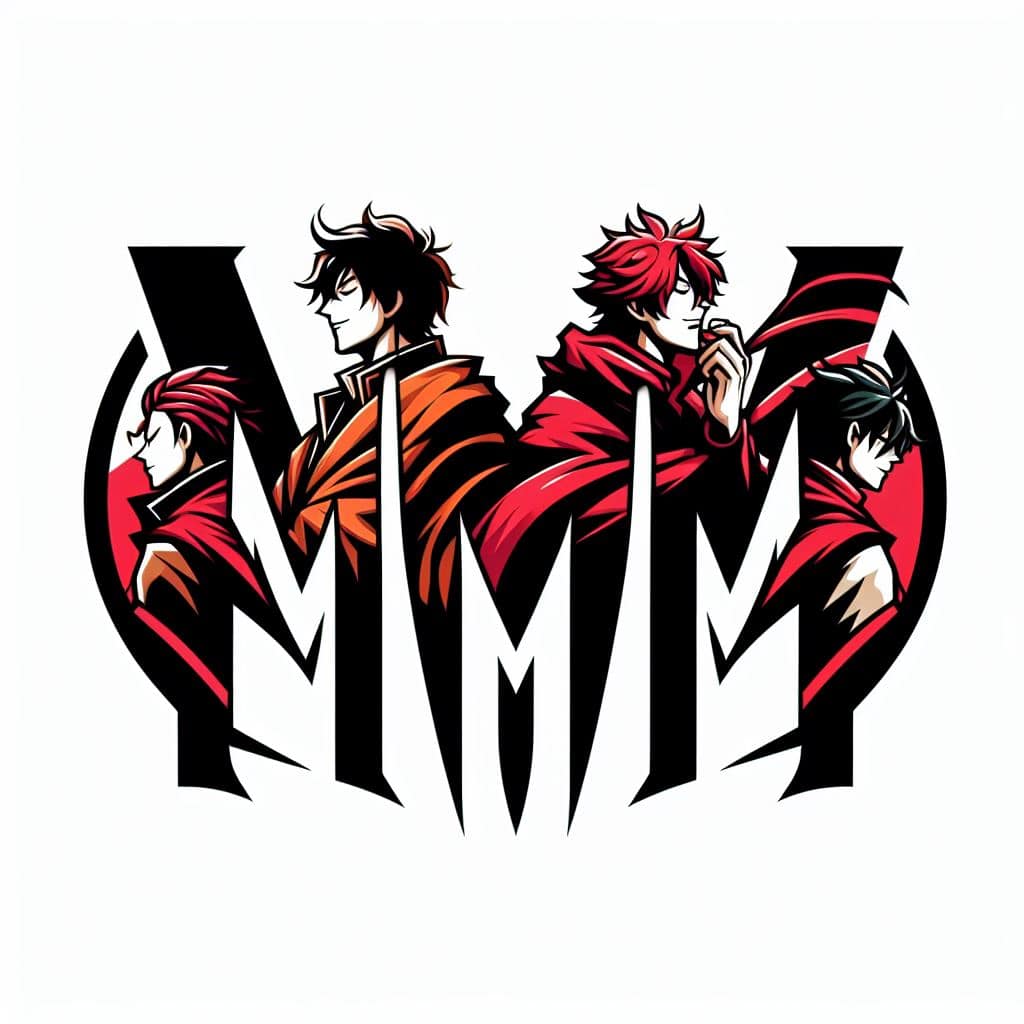
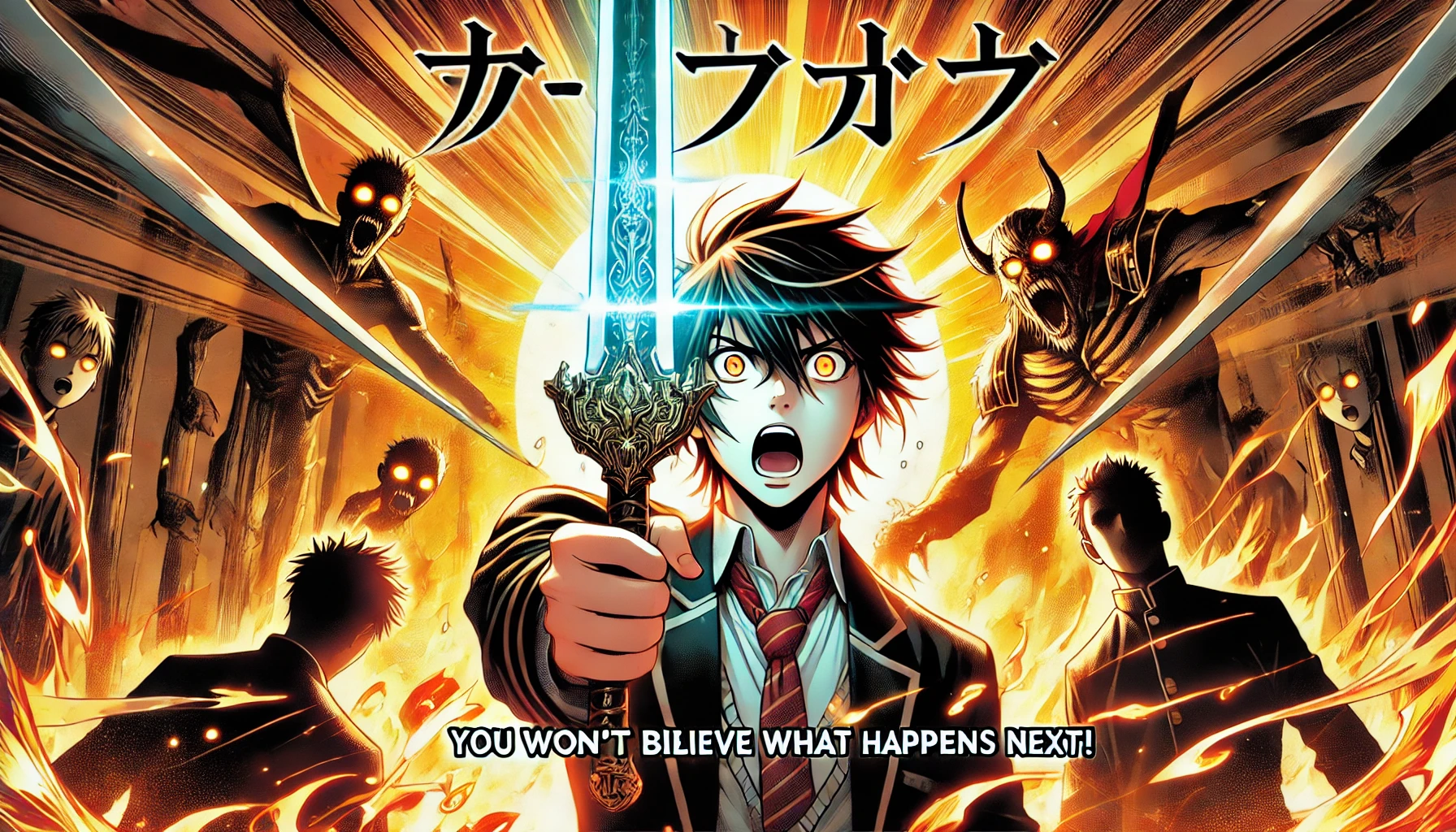
Leave a Reply